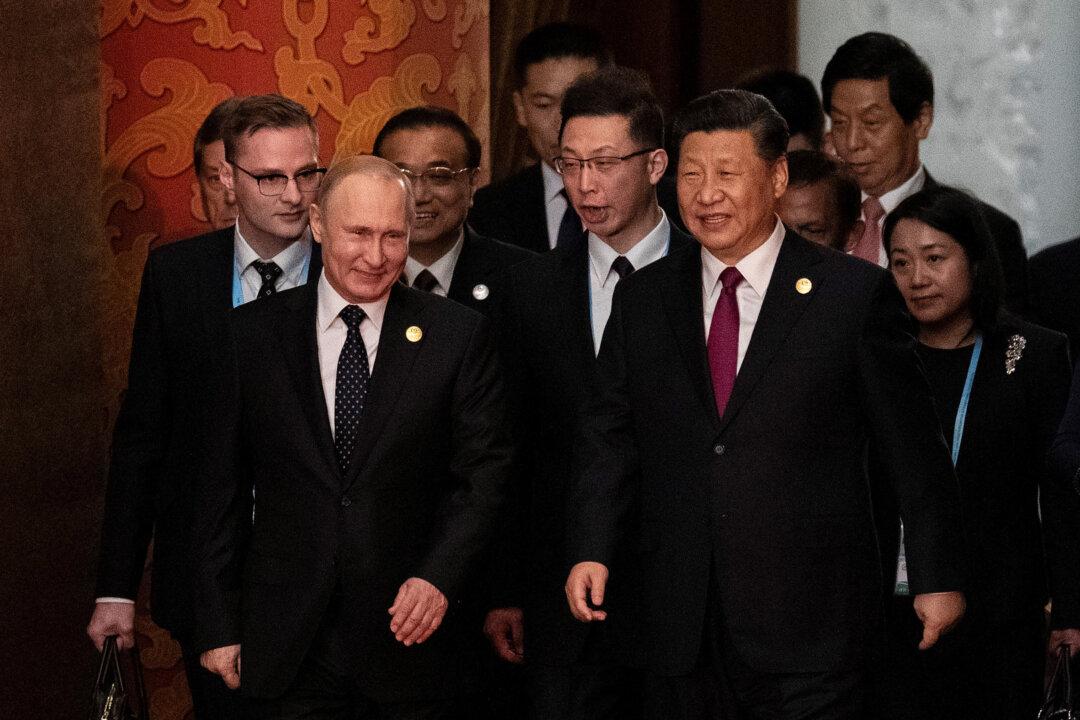News Analysis
The United States has threatened to cut Russia off from the SWIFT banking system, to prevent it from invading Ukraine. This would wreck Russia’s economy, driving the country closer to China.

The United States has threatened to cut Russia off from the SWIFT banking system, to prevent it from invading Ukraine. This would wreck Russia’s economy, driving the country closer to China.